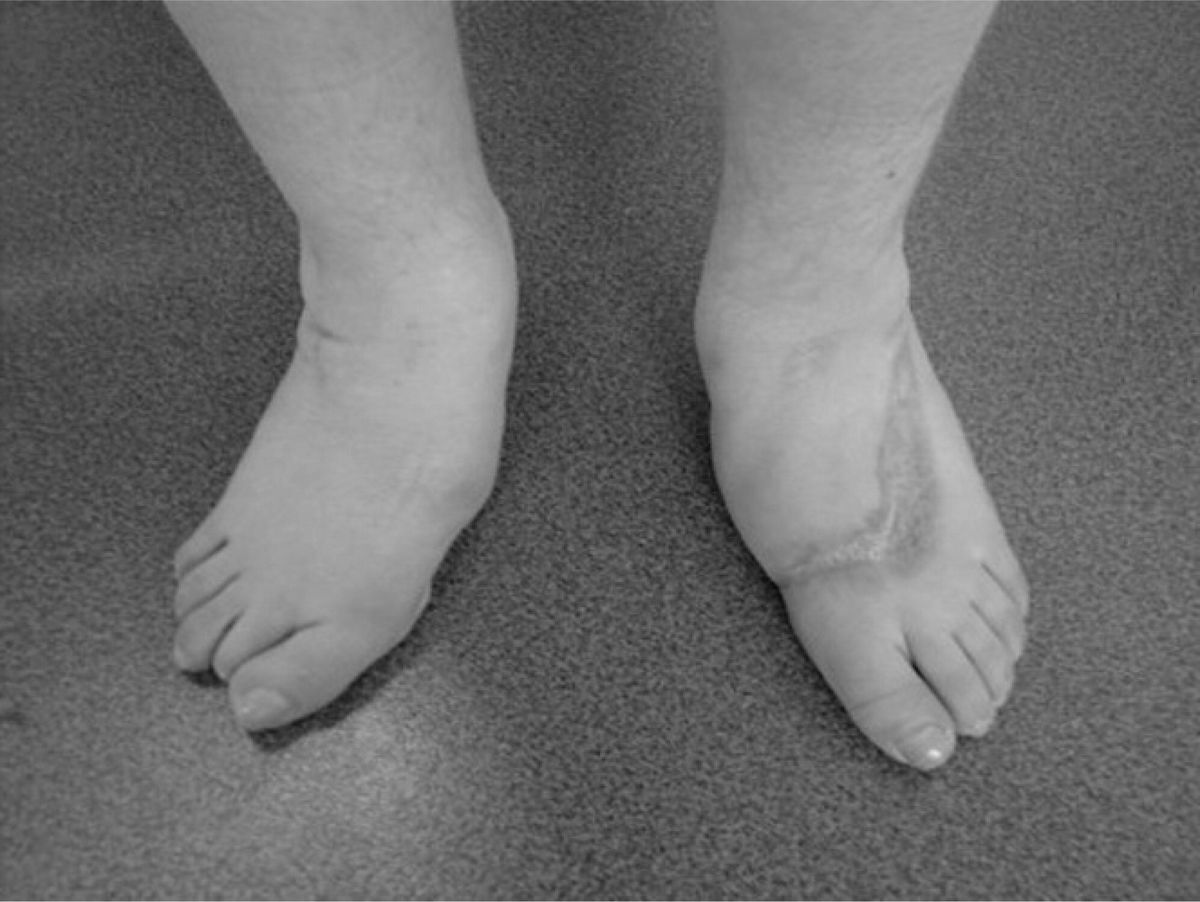
What is Thevenard Syndrome? Thevenard Syndrome is a rare genetic disorder that affects multiple systems in the body. Characterized by intellectual disability, distinctive facial features, and skeletal abnormalities, this condition can vary widely in severity. Caused by mutations in the KAT6B gene, it disrupts normal development and function. Symptoms often include developmental delays, heart defects, and joint problems. Diagnosed through genetic testing and clinical evaluation, early intervention can help manage symptoms. Treatment focuses on addressing specific issues like physical therapy for mobility or surgery for heart defects. Living with Thevenard Syndrome requires a multidisciplinary approach to improve quality of life.
Key Takeaways:
- Thevenard Syndrome is a rare genetic disorder causing copper deficiency and impacting various body systems, leading to unique challenges and the need for ongoing research and support.
- Individuals with Thevenard Syndrome may experience distinctive facial features, neurological issues, and bone abnormalities, requiring early detection, specialized care, and support for improved quality of life.
What is Thevenard Syndrome?
Thevenard Syndrome is a rare genetic disorder that affects multiple systems in the body. It’s named after the French physician who first described it. Here are some intriguing facts about this condition.
-
Genetic Mutation: Thevenard Syndrome is caused by mutations in the ATP7A gene, which is responsible for copper transport in the body.
-
Inheritance Pattern: This syndrome follows an X-linked recessive inheritance pattern, meaning it primarily affects males.
-
Copper Deficiency: Due to the genetic mutation, individuals with Thevenard Syndrome have difficulty absorbing copper, leading to a deficiency.
-
Symptoms in Infancy: Symptoms often appear in infancy and can include weak muscle tone, seizures, and failure to thrive.
-
Distinctive Facial Features: Children with Thevenard Syndrome may have distinctive facial features such as a high forehead, large ears, and a small chin.
How Does Thevenard Syndrome Affect the Body?
Thevenard Syndrome impacts various systems in the body, leading to a range of symptoms and complications.
-
Neurological Issues: The syndrome can cause severe neurological problems, including developmental delays and intellectual disability.
-
Connective Tissue Problems: Individuals may experience issues with connective tissues, leading to loose skin and joints.
-
Bone Abnormalities: Bone development can be affected, resulting in brittle bones and frequent fractures.
-
Hair and Skin Changes: Affected individuals often have sparse, kinky hair and may develop skin abnormalities.
-
Growth Retardation: Growth can be significantly delayed, with affected children often being smaller than their peers.
Diagnosis and Treatment
Diagnosing and treating Thevenard Syndrome involves a combination of genetic testing and symptom management.
-
Genetic Testing: Diagnosis is confirmed through genetic testing to identify mutations in the ATP7A gene.
-
Early Detection: Early detection is crucial for managing symptoms and improving quality of life.
-
Copper Histidinate Injections: Treatment often includes copper histidinate injections to help manage copper levels in the body.
-
Physical Therapy: Physical therapy can help improve muscle tone and coordination.
-
Seizure Management: Medications may be prescribed to control seizures.
Living with Thevenard Syndrome
Living with Thevenard Syndrome presents unique challenges, but with proper care, individuals can lead fulfilling lives.
-
Special Education: Many children with Thevenard Syndrome benefit from special education programs tailored to their needs.
-
Support Groups: Support groups can provide emotional support and practical advice for families.
-
Regular Monitoring: Regular medical check-ups are essential to monitor and manage symptoms.
-
Nutritional Support: Nutritional support may be necessary to ensure proper growth and development.
-
Adaptive Equipment: Adaptive equipment can help individuals with mobility issues.
Research and Future Directions
Ongoing research aims to improve understanding and treatment of Thevenard Syndrome.
-
Gene Therapy: Researchers are exploring gene therapy as a potential treatment for Thevenard Syndrome.
-
Clinical Trials: Clinical trials are underway to test new treatments and therapies.
-
Increased Awareness: Increased awareness and education about Thevenard Syndrome can lead to earlier diagnosis and better outcomes.
-
Funding for Research: Funding for research is crucial to develop new treatments and improve quality of life for affected individuals.
-
Collaboration: Collaboration between researchers, healthcare providers, and families is essential to advance understanding and treatment of Thevenard Syndrome.
Final Thoughts on Thevenard Syndrome
Thevenard Syndrome, though rare, has significant impacts on those affected. Understanding its symptoms and causes can lead to better management and support. Early diagnosis is crucial for effective treatment. Genetic factors play a big role, so family history should be considered. While there's no cure, treatments focus on alleviating symptoms and improving quality of life.
Raising awareness about Thevenard Syndrome helps in reducing stigma and promoting research. Support groups and resources are available for patients and families, offering much-needed assistance.
Staying informed and connected with healthcare professionals ensures the best possible care. By spreading knowledge, we can make a difference in the lives of those living with Thevenard Syndrome.
Frequently Asked Questions
Was this page helpful?
Our commitment to delivering trustworthy and engaging content is at the heart of what we do. Each fact on our site is contributed by real users like you, bringing a wealth of diverse insights and information. To ensure the highest standards of accuracy and reliability, our dedicated editors meticulously review each submission. This process guarantees that the facts we share are not only fascinating but also credible. Trust in our commitment to quality and authenticity as you explore and learn with us.
